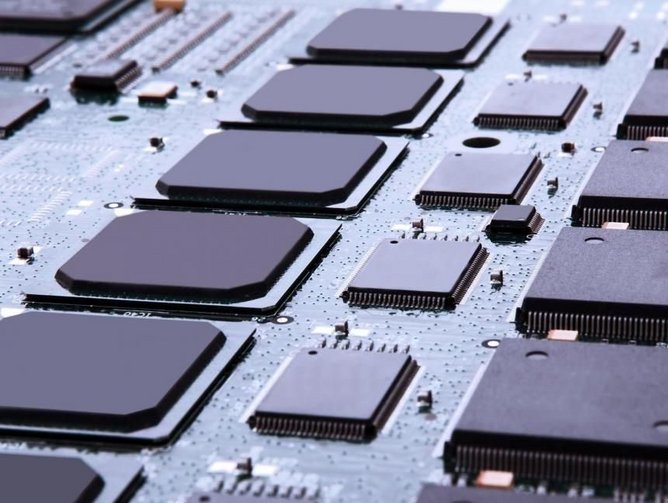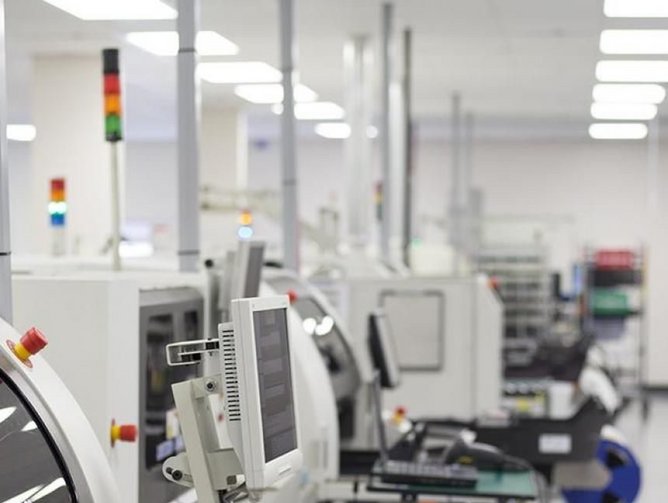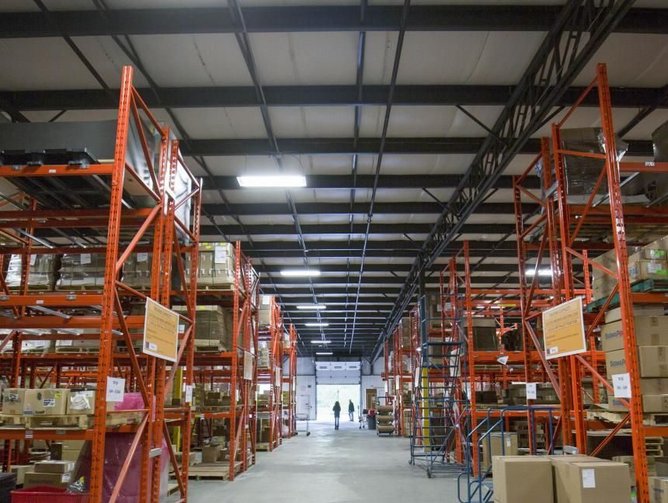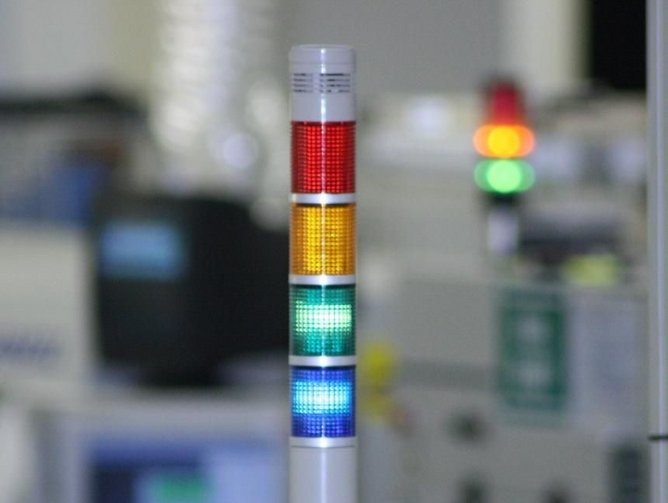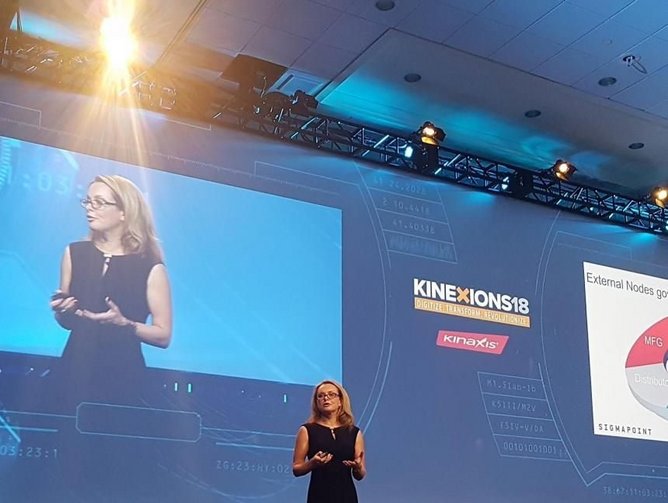SigmaPoint Technologies is launching its AI/ML solution to running a unified supply chain in a Dark State
With increasing unease over the imposition of tariffs on goods and materials imported into the USA, manufacturers and designers are concentrating their attention on the likely effect of ever escalating disincentives to the offshoring model. There are plenty of other reasons to look anew at the advantages of bringing as much as possible of the value chain back, among them the reducing labor cost advantages and, as innovation takes a front seat, the need to protect and control IP. It’s against this background that the SigmaPoint Technologies has launched a five-year project that will seriously disrupt the traditional end-to-end supply chain and lead the electronics industry toward a much more highly automated model.
In just 19 years the Cornwall Ontario based company has grown from zero to nearly 300 employees, partnering with major OEMs such as General Dynamics and Kontron through its commitment to lean manufacturing and its triple focus on simplicity, velocity and value add. As Sylvain Duval, SigmaPoint’s Director of Customer Experience, says: “We have been able to demonstrate to our customers the solid business case for bringing certain products back to North America. Being a Canadian entity, our customers are burdened by no tariffs whatever.” Thus, being Canada-based is just one of a number of market factors favoring SigmaPoint’s growth – but the chief advantage of this company lies in its commitment to innovation.
A key factor, currently and over the coming five years, is its leveraging of artificial intelligence (AI) and machine learning (ML) when it comes to competing with Asia. China will always be able to undercut on labor so what more can SigmaPoint do? “We know that to be able to compete effectively we have to find ways of removing every bit of waste and inefficiency,” says Duval. “That is why SigmaPoint is trying to build the EMS global supply chain of the future. We are putting together the building blocks so that we can maintain our competitive advantage and enable our original equipment manufacturing (OEM) customers to bring back their projects from Asia to North America.”
The project proper had its birth in 2017 at SigmaPoint’s facility within the new privately-funded tech accelerator Catalyst137 at Kitchener. This focuses on NPI and fast prototyping, with an eye to volume production at the Cornwall factory. The government has encouraged the creation of a ‘supercluster’ of companies working together to share IP and move toward next-generation manufacturing, he explains. “Catalyst137 spearheaded the creation of our AI/ML project together with key customers, suppliers and our technical partner Kinaxis.”
Kinaxis is the developer of Rapid Response, the software platform that was chosen by VP of Supply Chain Leah Slaughter based on a long acquaintance. “It is truly the most flexible piece of software that I have ever found throughout my entire career,” she states. “With the amount of intelligence that we are building into the prescriptive interface, this was the only tool that could handle the intricacies that I wanted to build into the AI/ML model.” Kinaxis is a key partner in the project, which brings in manufacturers like ON Semiconductor, distributors including Arrow Electronics and Future Electronics and OEM customers Miovision and L3 Wescam – all with connections to the Catalyst137 facility. It places SigmaPoint right at the center of a heavily populated hub of start-ups and OEMs that are geared toward IoT innovations.
The goal by 2022 is to comprehensively automate the supply chain so that 90% of it is running in a ‘dark state’ with processes continuously running without human intervention. “Achieving this will bring us a huge competitive advantage through risk mitigation in the supply chain, with a platform that can plan its own way through and out of exceptions and pitfalls that occur, leveraging deep and continuous machine learning.”
The part that is not, and probably never will be fully automated, she calls the control tower. This is the human interface that monitors the process, constantly reprogramming the machine as exceptions are encountered. The jobs will not always be the supply chain professional roles of today, but might require a ‘control tower architect,’ an ‘AI programmer’ or an ‘AI profile exception specialist.’
“Artificial intelligence and machine learning on their own are really just a process automation but it's when you get into the prescriptive and predictive portions of the AI interface, and into deep learning in the machine learning portion of it, that you're actually starting to enter a future state where you're able to look at the variables without any human interface. The control tower will always be a piece of the puzzle though, because we need intuition built-in to some of these decisions. We need to regularly re-programme the artificial interface to ensure that the right things are being learnt by the machine and that the next decision that it makes will be correct.”
AI and ML, then, have the potential to make existing practice efficient, but even today supply chain is seen as a very linear, end-to-end process. SigmaPoint looked for a holistic model that would link each of the nodes direct to the digital core in real time. “The linear model introduces latency as it moves from node to node,” says Slaughter.
“When we looked at spanning eight internal nodes with seven external supply nodes, upstream and downstream to give a full and entire supply chain solution leading to the dark state, we knew we had to connect the OEMs, the EMS, the distributor and the manufacturer.” Her vision is to transcend the nodes or links in the supply chain conflating them in a compressed ‘super node’, always turned on, always transparent, and all powered up by Kinaxis Rapid Response.
Collaboration across the nodes, from the outset, was the always the key, emphasizes Duval. “AI and ML are buzzwords in the supply chain world but we are different in that we involved our partners right from the beginning, asking them to identify the upstream or downstream issues we could help solve with this new approach.”
The project remains at this stage an active development between SigmaPoint and its partners, but its effect is already being felt in the vibrant digital nexus emerging in Ontario, with startups, innovators and established players supporting the next generation of IoT companies. It is due to be unveiled by Slaughter in Washington DC in October to a broader population of supply chain professionals at Kinexions 18 the annual conference of Kinaxis. “I think the AI/ML project will attract much attention and potentially, with the partners that we are involved with and leveraging right now, it will change the supply chain landscape over the next five years to what we hope will be a revolutionary state.”
